The other Southern California
I did my university in Los Angeles (fight on Trojans!), a great city to be in when you are young and without worry or responsibility. But that was a long time ago and this time around Julie and I were more interested in a completely different side of southern California. No long beaches, hot summer days and tall palms for us, we wanted to explore the preserved forests, national parks, expansive deserts and other natural features of this rich land. And as it turned out we had many more options and opportunities than we could fit into our plans.
We wanted to stay off the busy Interstate freeways that are dominated by huge trucks and fast cars, neither of which define us, and stay on the smaller rural roads that provide a closer and more detailed look at the local scene. The beautiful green rolling hills and vibrant spring flowers that dominate the mountains of central California give way to unending fields of vineyards and almond and pistachio orchards before being overtaken by vast sprawling fields of bobbing oil drills.
Like chickens pecking on the dry surface, these huge contraptions pump valuable raw oil from below the surface and the long pipes that run alongside the road deliver it to processing centres. You cannot escape the smell of oil in the air. Not pretty, not pleasant but fascinating.
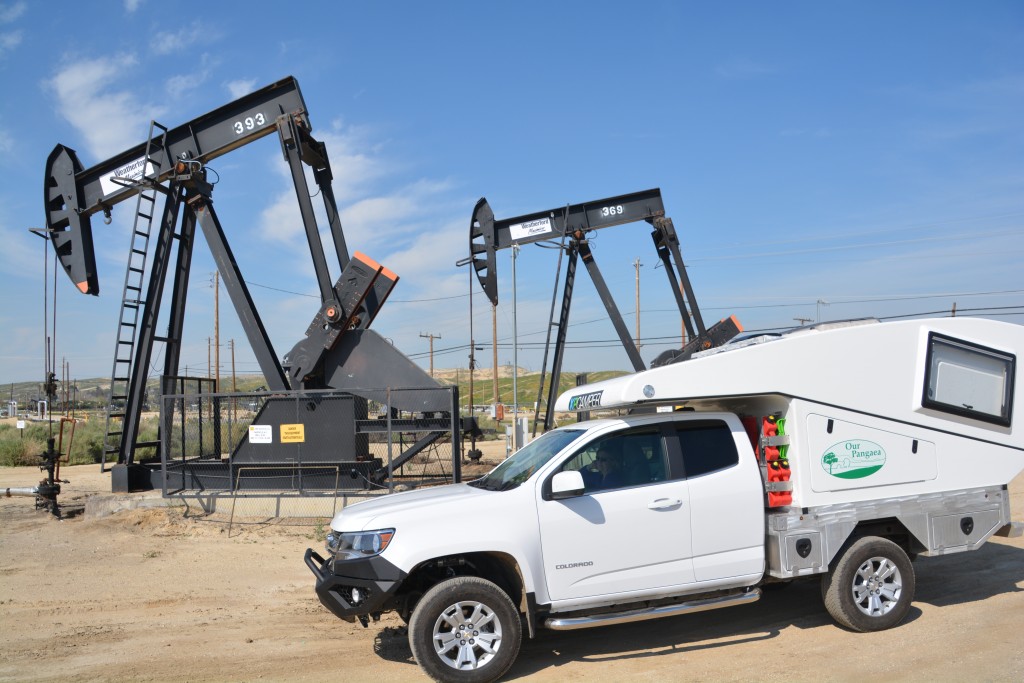
Thousands of unattractive pecking chickens pump oil out of the ground and send it along a string of pipes to processing centres
Los Padres National Forest provides a protected layer of dramatic steep mountains and green forests between the dry sprawl of California’s central valley and the metropolis of 15 million people that sits within the Los Angeles Basin. In these mountains there are beautiful, even spectacular, places that most Angeleans have never visited. Julie and I wound our way up a steep switchback mountain to camp one night in an obscure place called Reyes Creek at over 3,700 feet (about 1,200 metres) with snow on the peaks above us, and the next day followed the beautiful winding switchback road down the other side into the hustle and bustle of LA.
We had wanted to skirt LA and stay in the mountains on other scenic drives but this is March and with the heavy winter there was still too much snow to open these high pass roads. So we were forced down into the basin and battled the crazy 12 lane Interstates for a couple of hours until we had moved to the eastern side of the city sprawl and met up with the San Bernardino National Forest which cover the mountains high above the famous city of Palm Springs.
In another example of engineers defying logic, a narrow winding road rose almost vertically from the valley floor, following a crazy series of dramatic switchbacks and providing stunning views down on the cities and Interstates below. Almost ignoring the laws of gravity the road rose over 2,00 feet, then 3,000, then 4,000, on to 5,000 feet and finally entered rich pine forests over 6,000 feet in a drive of less than four miles. It topped out around 6,100 feet but of course by this stage there was snow on the ground and all the campsites were still closed for the winter so we were forced we pushed on.
Eventually the scenic road took us to the touristy little mountain town of Idyllwild and a little state park with a fabulous campsite. As we sat around our fire that night we thought about the contrasts for the day, overwhelmed by two spectacular drives through national forests sandwiched between a challenging drive along multiple Interstates as we travelled along the periphery of the huge Los Angeles basin.
From the mountains to the desert we followed the road out of park and back down the other side of the mountains to the city of Palm Desert with all of its manicured gardens, bright red flowering bougainvillea, golf courses, palm trees and planted cactus and eventually made our way through the glitz and glamour of Palm Springs to the renowned Aerial Tramway.
The aerial tramway of Palm Springs is an amazing engineering feat and a must-see for tourists. My father’s uncle was an engineer on this project in the early 1960’s and the modern version today whisks unsuspecting tourists from roughly 2,000 feet to 8,500 feet in ten minutes up a near vertical wall. Moving from hot desert to snowy winter in only a few moments is truly a unique experience – the temperature at the bottom was 91F or 33C and at the top a chilly 48F or 9C. And the ride to the top (and back to the bottom) features a tram car that revolves two complete times along your journey to make sure everyone gets all the great views on this spectacular ride.
From the top of the tramway the options are endless but we did the Valley View walk, about 1.5 miles along the ridge with stunning views of the valley below from its five different ‘notches’. But again, this is March and still at the tail end of winter so there was quite a bit of snow on the ground and we put on an extra layer before slipping and sliding along the trail through the tall pines. The whole experience was just a little touristy but but great fun all around.
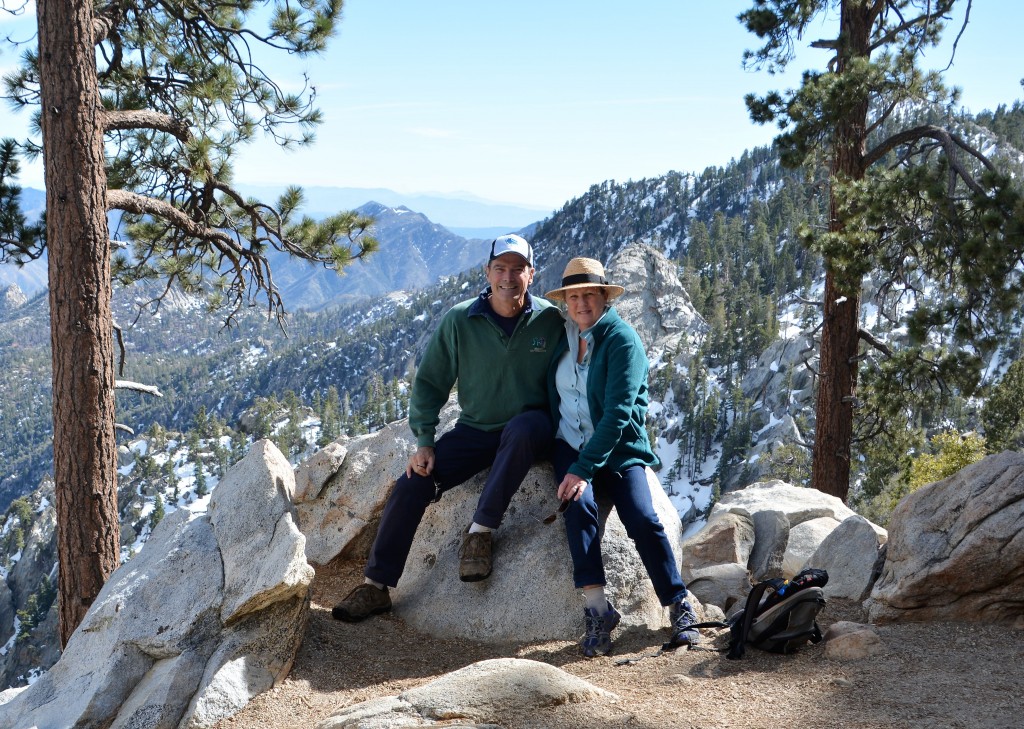
The happy couple summited via aerial tramway and were rewarded with stunning views in all directions
And with our return to Palm Springs we finished the mountains of southern California and moved on to new adventures in the nearby deserts.
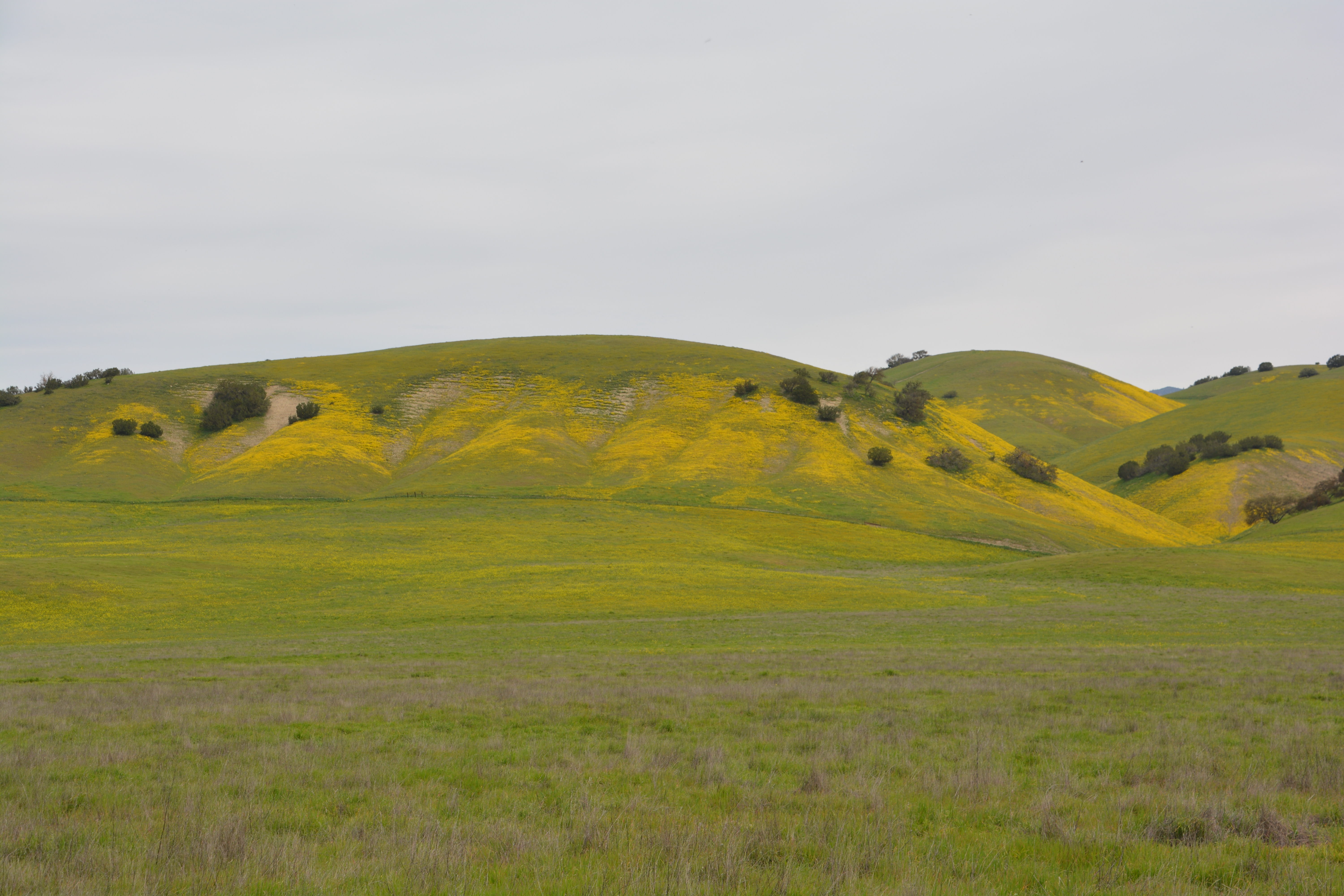
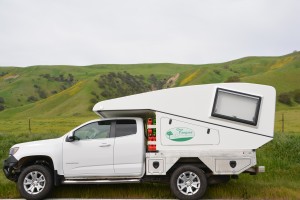
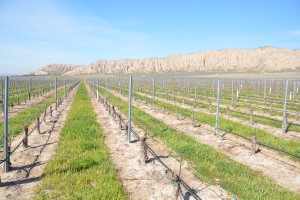
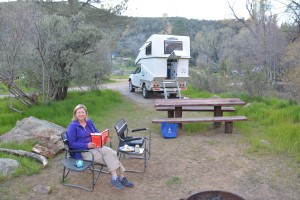
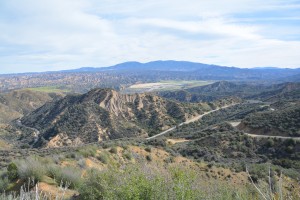
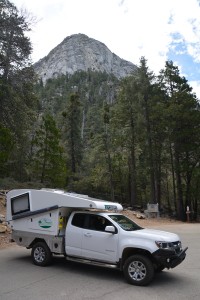
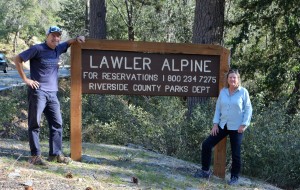
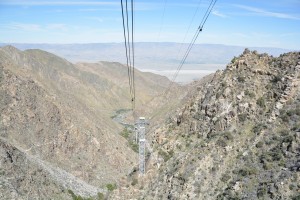
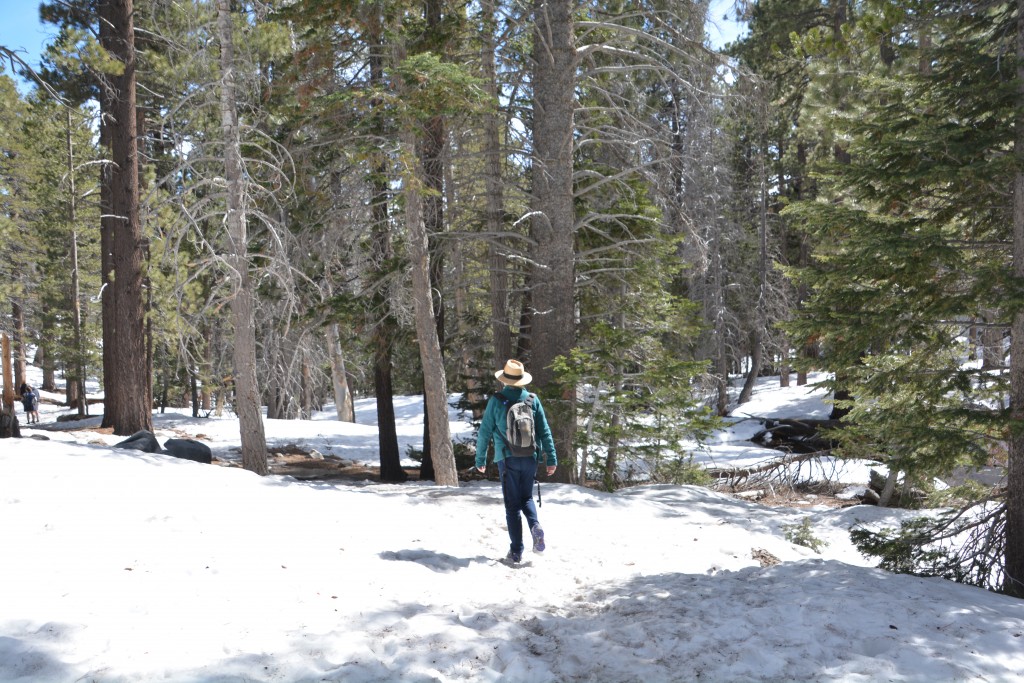
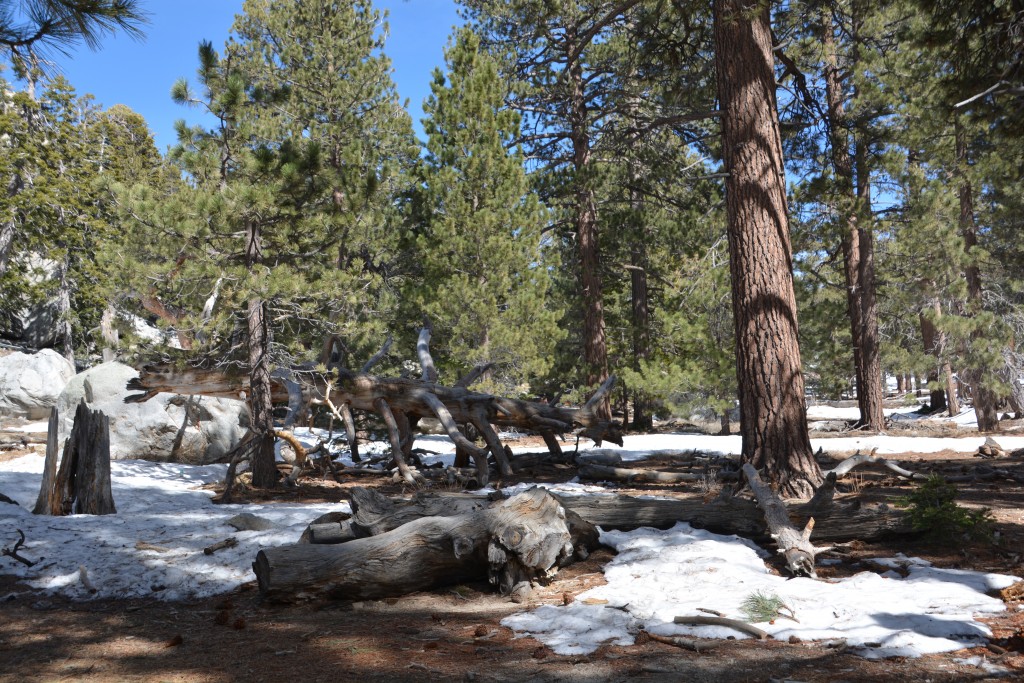
Comments
The other Southern California — No Comments
HTML tags allowed in your comment: <a href="" title=""> <abbr title=""> <acronym title=""> <b> <blockquote cite=""> <cite> <code> <del datetime=""> <em> <i> <q cite=""> <s> <strike> <strong>